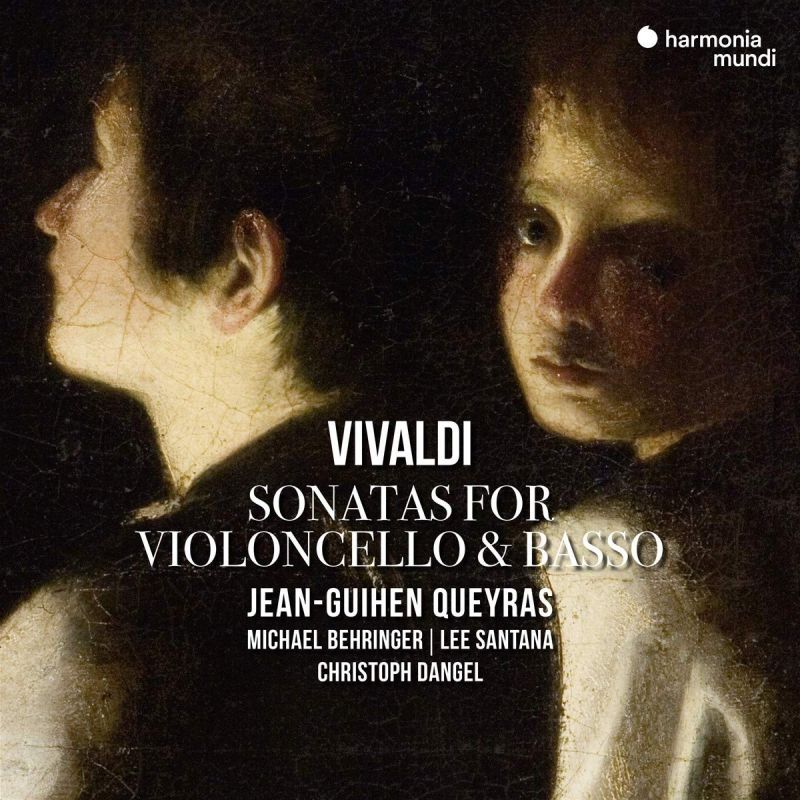VIVALDI Sonatas for cello and basso continuo
View record and artist detailsRecord and Artist Details
Composer or Director: Antonio Vivaldi
Genre:
Chamber
Label: Harmonia Mundi
Magazine Review Date: 10/2018
Media Format: CD or Download
Media Runtime: 71
Mastering:
DDD
Catalogue Number: HMM90 2278

Tracks:
| Composition | Artist Credit |
|---|---|
| Sonata for Cello and Continuo |
Antonio Vivaldi, Composer
Antonio Vivaldi, Composer Christoph Dangel, Cello Jean-Guihen Queyras, Cello Michael Behringer, Harpsichord |
Author: Charlotte Gardner
If you wanted one takeaway headline for this recording then it would be its sense of intimacy and immediacy; a quality we can mostly put down to the easy, loving familiarity with which Queyras handles this repertoire, but one which has also been heightened by his surrounding decision-making. For instance, while these days Queyras’s usual cello is a 1696 instrument by the Turinese maker Gioffredo Cappa, for this Vivaldi he’s returned to the intimate and soft-timbred anonymous Milanese cello of 1690 you hear on past recordings such as the Haydn concertos (10/04) and the Britten Suites (1/99). He’s then strung this with plain gut (rather than wound), and the slightly thicker girth of the strings has brought a lovely rounded warmth and textural catch to his sound. Finally there’s the engineering, which places him relatively far forwards in the balance; but don’t be put off by the intake of breath you hear in the first few seconds of the opening No 5 in E minor, because that’s not a running theme.
Another nice touch is the way his continuo forces vary between sonatas, and sometimes within the same one. Take No 4 in B flat, which uses dulcet-toned organ in the first and second movements but in the third drops it for theorbo; this is followed by No 2 in F major, for which it’s the harpsichord that fluidly dances in.
If you’re in the market for a top period performance and want to do some comparative listening before taking the plunge, then I’d suggest either that Coin recording or the one from Marco Ceccato with Accademia Ottoboni. However, either way, you won’t go wrong with this new recording.
Discover the world's largest classical music catalogue with Presto Music.

Gramophone Digital Club
- Digital Edition
- Digital Archive
- Reviews Database
- Full website access
From £8.75 / month
Subscribe
Gramophone Full Club
- Print Edition
- Digital Edition
- Digital Archive
- Reviews Database
- Full website access
From £11.00 / month
Subscribe
If you are a library, university or other organisation that would be interested in an institutional subscription to Gramophone please click here for further information.




